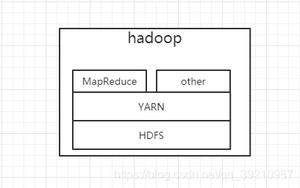将元组的元素提升为 Python 中另一个元组的幂
当需要提升一个元组的元素作为另一个元组的幂时,可以使用 'zip' 方法和生成器表达式。
zip 方法接受可迭代对象,将它们聚合成一个元组,并将其作为结果返回。
Generator 是一种创建迭代器的简单方法。它自动实现一个带有“ __iter__()”和“ __next__()”方法的类,并跟踪内部状态,并在不存在可以返回的值时引发“StopIteration”异常。
以下是相同的演示 -
示例
my_tuple_1 = ( 7, 8, 3, 4, 3, 2)输出结果my_tuple_2 = (9, 6, 8, 2, 1, 0)
print ("The first tuple is : " )
print(my_tuple_1)
print ("The second tuple is : " )
print(my_tuple_2)
my_result = tuple(elem_1 ** elem_2 for elem_1, elem_2 in zip(my_tuple_1, my_tuple_2))
print("The tuple raised to power of another tuple is : ")
print(my_result)
The first tuple is :(7, 8, 3, 4, 3, 2)
The second tuple is :
(9, 6, 8, 2, 1, 0)
The tuple raised to power of another tuple is :
(40353607, 262144, 6561, 16, 3, 1)
> The first tuple is :
(7, 8, 3, 4, 3, 2)
The second tuple is :
(9, 6, 8, 2, 1, 0)
The tuple raised to power of another tuple is :
(40353607, 262144, 6561, 16, 3, 1)
解释
定义了两个元组,并显示在控制台上。
列表被迭代,并使用 'zip' 方法压缩它们。
使用“**”运算符将第一个元素作为两个元组中第二个元素的幂。
然后将其转换为元组。
此操作被分配给一个变量。
此变量是显示在控制台上的输出。
以上是 将元组的元素提升为 Python 中另一个元组的幂 的全部内容, 来源链接: utcz.com/z/338804.html



